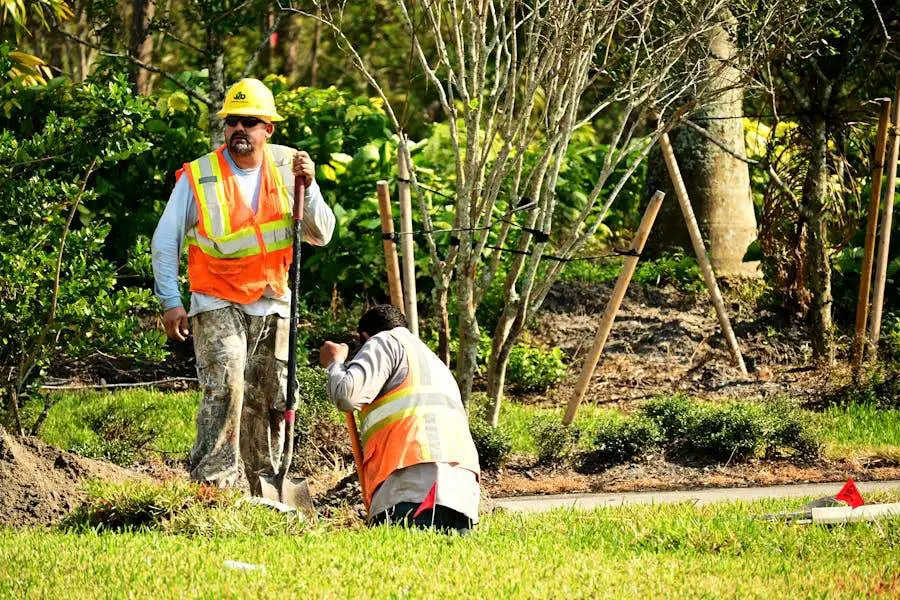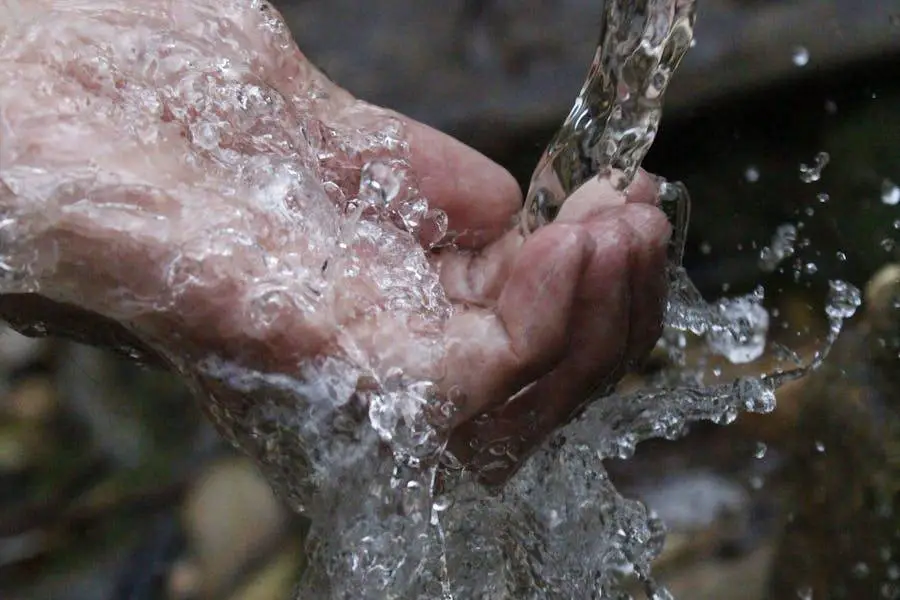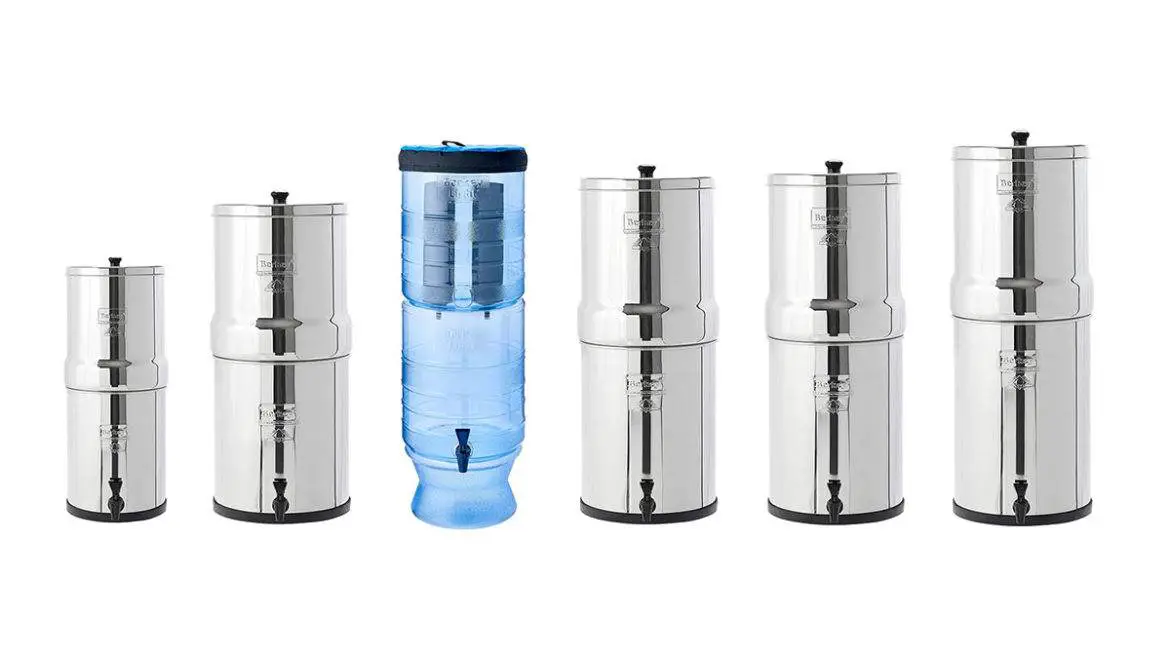Table of Contents
The endeavor to secure a reliable source of groundwater by digging a shallow water well is an age-old practice still relevant in many rural and even suburban areas today.

This comprehensive guide aims to equip you with the essential knowledge and practical steps necessary for successfully digging a shallow water well.
From understanding the basics of groundwater and legalities, through the digging process, to maintenance and troubleshooting, we’ll cover each aspect in detail, ensuring a thorough grasp of what it takes to achieve a sustainable water source.
Planning and Preparation
Understanding the principles behind groundwater sources and preparing adequately for the task ahead are fundamental first steps in the process of digging a shallow water well.
Understanding Groundwater Basics
Groundwater resides beneath the Earth’s surface, filling the spaces in soil, sand, and rock. It’s the source tapped into when digging a well.
Understanding the movement and collection of groundwater within these substrates will significantly influence the success rate of locating a viable source.
Groundwater typically follows the topography of the land, collecting in aquifers that can be accessed through well-digging.
Legal Considerations and Permissions
Before any ground is broken, it’s imperative to research local regulations surrounding well-digging.
Many regions require permits to dig a well, with specifications on how and where a well can be constructed.
These regulations are in place to protect community water sources from contamination and overuse.
Contacting your local environmental or water resources agency is the best starting point to ensure compliance with all laws and regulations.
Locating Water Sources
Identifying an optimal site for your shallow water well is crucial for its success and longevity.
Water Dowsing Techniques
Water dowsing, also known as divining, is a traditional method used to locate underground water. Despite its historical use, it’s considered more folklore than science by many experts.
If you choose to explore dowsing, it should be followed up with professional advice or modern techniques to confirm the presence of water.
Using Modern Technology
Geological surveys and hydrological maps provide valuable insights into the water table and subsurface features of your area.
These tools can help pinpoint the best locations for well-digging, with higher accuracy than traditional methods.
Local water well contractors often have access to this data and can offer site assessments to determine the optimal well location.
Well Design and Materials
The design of your well and the materials used in its construction play pivotal roles in the functionality and safety of your water source.
Choosing the Right Type of Well
Shallow wells, typically less than 50 feet deep, can be dug, driven, or drilled. The choice depends on the depth of the groundwater and the type of soil.
Drilled wells, while more expensive, are less susceptible to contamination and can reach deeper water sources if necessary.
Selecting Materials
Quality materials for casing, screening, and filtering the well are vital for clean water. PVC or steel casings are commonly used for their durability and resistance to corrosion.
The screen must be selected based on the soil composition to prevent sediment from entering the well while allowing free water flow.
Digging the Shallow Water Well

Digging a shallow water well remains a physically demanding process, requiring meticulous planning, endurance, and determination.
The objective is to reach the aquifer below, where clean groundwater resides, without compromising the structural integrity of the well or the safety of those involved in its creation.
Manual Digging Methods
The manual excavation of a shallow well can be accomplished with basic tools but demands careful execution to avoid potential pitfalls.
- Site Preparation: Before digging begins, clear the chosen area of any debris, vegetation, or obstacles. Mark the perimeter of the well clearly, considering the diameter will dictate the space required for entry and work within the well.
- Initial Excavation: Start by using a round-point shovel to dig through the topsoil, setting aside the removed soil in organized piles around the work area for possible backfilling. Continue this process, layer by layer, paying close attention to changes in soil composition which can indicate depth levels.
- Shoring for Safety: To prevent collapses, shoring techniques must be implemented early on. Construct a temporary casing by inserting large diameter PVC pipes or metal rings into the hole as you progress. These structures support the well’s walls and ensure a safe working environment as you dig deeper.
- Oxygen Levels and Ventilation: Ensure adequate ventilation is maintained throughout the digging process to avoid the build-up of toxic gases. Regular breaks and rotation of workers can help monitor and maintain safe oxygen levels within the confined space of the well.
- Bucket Excavation: As the depth increases, switch to bucket excavation to remove soil. Attach a sturdy bucket to a durable rope or pulley system. This method facilitates the removal of excavated material as the well deepens, ensuring continuous progress.
Mechanical Assistance
Incorporating mechanical tools can significantly reduce labor intensity and time but requires operational expertise and safety precautions.
- Choosing the Right Equipment: Augers and small drilling rigs are most suitable for shallow wells. Select equipment based on soil type, desired well depth, and local availability. Conduct thorough research or consult with professionals to find the best fit for your project.
- Operation and Safety Training: Before utilizing any mechanical equipment, ensure all individuals involved are properly trained in its operation. This includes understanding the machinery’s limits, emergency shut-off procedures, and personal protective gear requirements.
- Auger Drilling: Start with a hand auger for the initial meters to maintain precision in the well’s direction. For tougher soil layers or deeper sections, switch to a powered auger or a small drilling rig. These tools can efficiently cut through the soil and rock, expediting the excavation process.
- Monitoring Progress: Regularly measure the depth achieved and check for signs of water. Use a soil probe or similar tool to assess soil moisture levels as you approach the water table, signaling when to slow down and proceed with caution to avoid puncturing the aquifer too aggressively.
- Transition to Manual Finishing: Once nearing the anticipated depth, it may be prudent to revert to manual digging methods. This allows for finer control as you approach the water table, reducing the risk of unnecessary disturbance to the aquifer layer.
Final Steps
- Securing the Well Base: Upon reaching the water table, and ensuring a stable water inflow, prepare the bottom of the well for the installation of the casing and filtration system. This might involve leveling the base with gravel or a concrete pad to provide a solid foundation.
- Installation of Casing and Filter: Carefully insert the permanent casing, ensuring it extends from the bottom to several feet above the surface to prevent contamination. Install a well screen at the bottom to filter out sediments, securing clean water inflow.
Installing the Casing and Filter

After reaching the desired depth and confirming water presence, installing a well casing and filter system is critical for protecting the water quality.
Casing Installation
The casing prevents the well walls from collapsing and isolates the water-bearing formation from surface contaminants.
It should extend above the ground level to prevent direct runoff water from entering the well. The installation requires precision to ensure a snug fit against the well walls.
Filter Systems
A well-designed filter system at the bottom of the casing helps remove sediments and other particulates.
Gravel packs or manufactured well screens are effective options, chosen based on the specific conditions of the well site.
This system plays a significant role in maintaining the clarity and cleanliness of the well water.
Conclusion
Digging a shallow water well is a deeply rewarding project that connects individuals to a vital natural resource.
This guide outlines the critical steps and considerations involved in creating a sustainable and safe water source.
With careful planning, diligent work, and ongoing maintenance, your shallow water well will serve as a reliable supply for years to come, embodying the essence of self-sufficiency and connection to the environment.







![It Sounds Like Water Constantly Running In House [Causes] It Sounds Like Water Constantly Running In House [Causes]](https://homesteadandprepper.com/wp-content/uploads/2021/04/why-does-it-sound-like-water-is-constantly-running-in-my-house-150x150.jpg)
